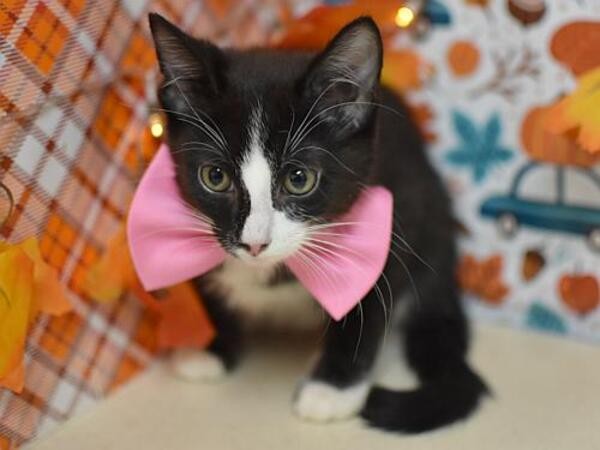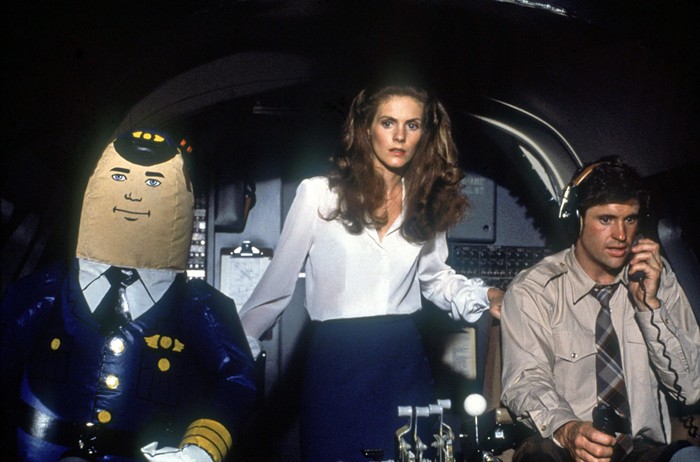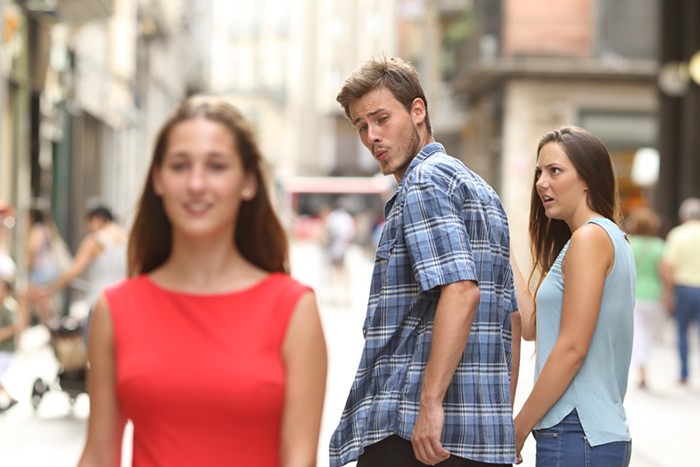During a career that has spanned four decades, photographer John Divola has amassed a diverse body of work that can best be characterized by an impulse to document and preserve, while acknowledging the medium's capacity to fabricate. This tension can be seen in some of his more recent works, such as a series of colorful, block-long panoramas of inner city Los Angeles. What first appear to be reportorial depictions are revealed to be artistic constructions: Every sprawling tableaux contains some metaphorical representation of escape in the neighborhood's adult bookstores, liquor stores, and churches.
Divola's Isolated Houses, currently at Blue Sky Gallery, leans much closer to straight documentary, but the tightly controlled sense of composition that runs through the color photographs makes it clear that there is an artist with a painterly flair behind the lens. Focusing exclusively on the tiny concrete homes that dot the high desert of Southern California, Divola attempts to map a liminal region between civilization (Los Angeles is 150 miles to the west) and barren, uninhabited wilderness to the east. In fact, he names each photograph after the longitudinal and latitudinal coordinates of the houses' locations, as if to assert that these post-apocalyptic structures really do exist in this world. And it's hard not to doubt that these houses, in their uncanny sameness, actually exist somewhere. The same rigidly rectangular architecture and geometric framing of mountains and sky dominate every image, as if Divola keeps discovering Josef Albers' "Homage to the Square" paintings come to life in the California desert.
While the houses' inhabitants are conspicuously absent, the series is as much about those who dwell inside, unseen, as the exteriors. There's a palpable desperation in the few signs of life—weather-beaten cars, sagging phone lines, rocks that arbitrarily carve out a driveway—that decorate these homes. And through the interchangeability of the houses and Divola's repetitious representation of them, it is implied that their owners share a similar psychological makeup. Divola is showing us, in these images of remote and rundown houses, people whose desire for a little mental breathing room has grown so extreme that it has manifested itself in physical terms.












